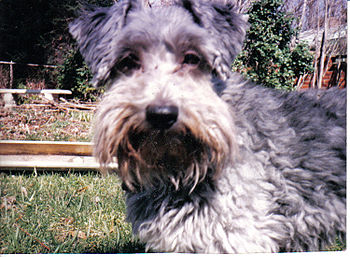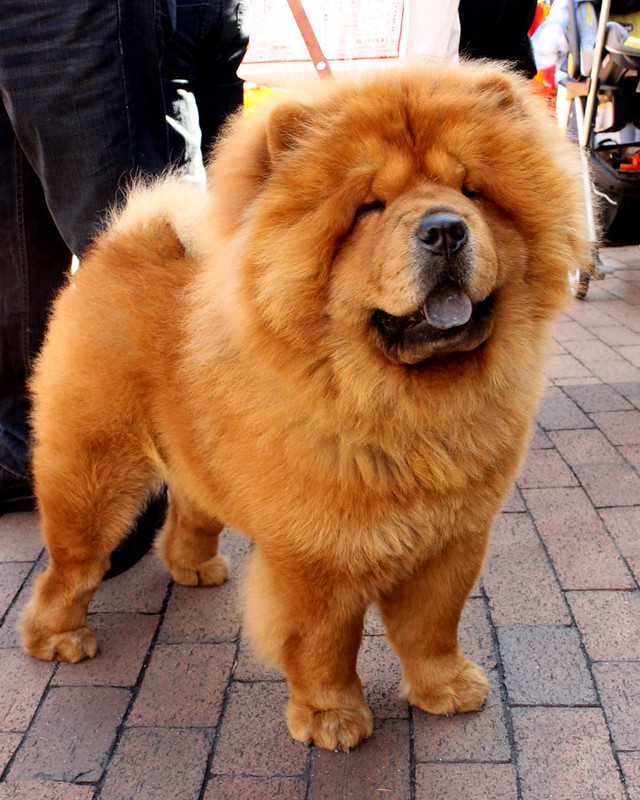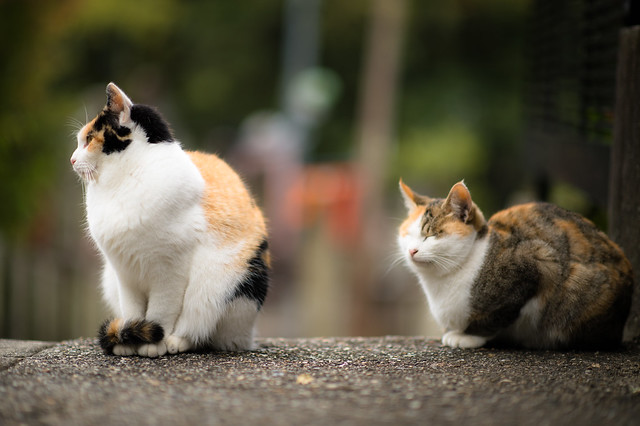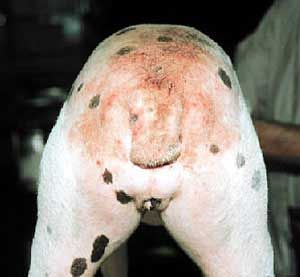 |
| Schnoodle (Photo credit: Wikipedia) |
Even though the Schnoodle is not considered a hypoallergenic dog by all, you can judge for yourself by visiting a breeder to see if the dogs cause you to have an allergic reaction. Visiting a breeder is a great way to see which dogs are the right ones for you. While some hypoallergenic dogs will not cause an allergic reaction in some people, it might in others. The best way to tell if you will be able to have a dog in your home is to be around the dog before you take it home.
The Schnoodle can vary in size and color. The dogs are considered friendly and intelligent. If you decide to visit a breeder, you should ask about the dogs that are bred together to see if they are using the right mix. While the Schnoodle is considered to be a mongrel dog in some circles, in others it is considered a successful hybrid. Depending on which breeders you talk to, they may tell you that the Schnoodle is safe from health risks that purebred dogs suffer from because of hybrid vigor. While this condition has not been proven, many breeders claim that hybrid dogs will not suffer from the health ailments that their parents will suffer from.
Since a Schnoodle can be an expensive dog to purchase, visiting a breeder is recommended. If you do not like the way the dogs are treated or if you feel the kennels are not safe or clean, then you should not buy a dog. Many dogs produced in ‘puppy mills’ are sickly are will not survive long. The demand for the Schnoodle has risen in the past few years, so more ‘puppy mills’ have opened. Make sure the breeder you buy the dog from is licensed.
As your Schnoodle gets older, it may suffer some health problems. Many hypoallergenic dogs suffer from muscle ailments, allergies, tumors, and other problems. There is no way to know what a dog may develop over time. It is important to treat the dog with respect at all times and also to learn as much as you can about the breed so that you can have the possible relationship possible. The Schnoodle enjoys exercise, playing, and socializing. While it may be difficult to train at first, the dog will usually develop a routine. The Schnoodle does not like to be left alone for long periods of time, but with a little training, you will be able to leave the dog alone during the day when you are at work.

















